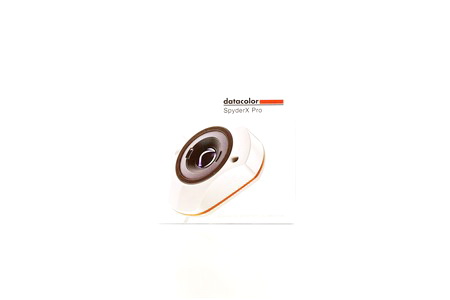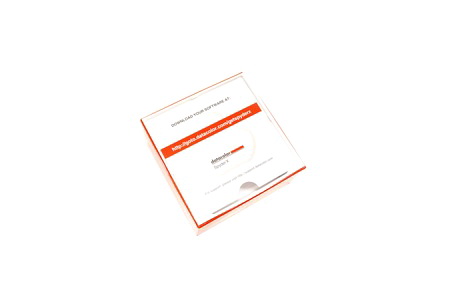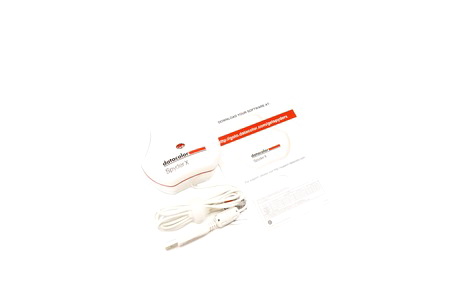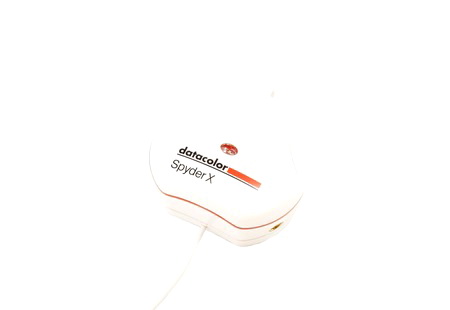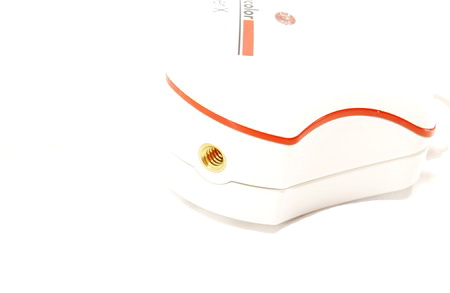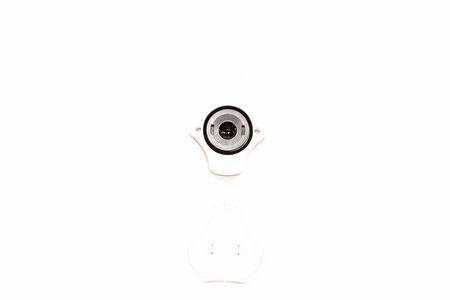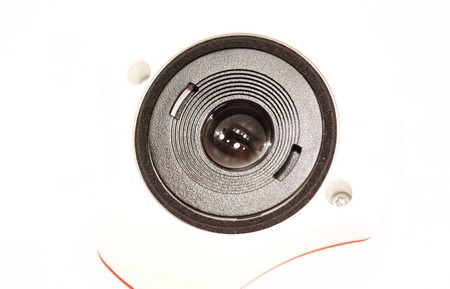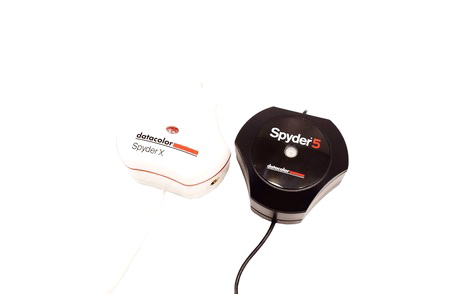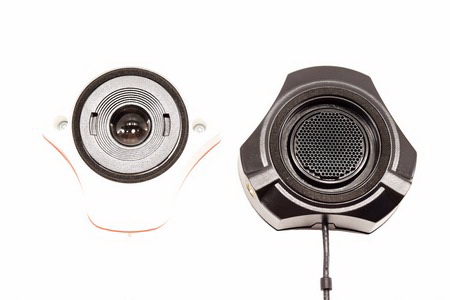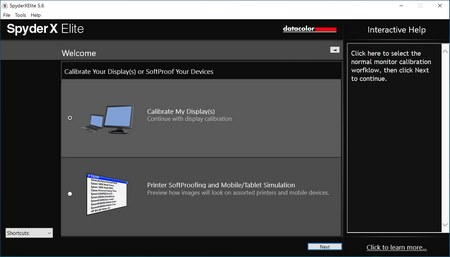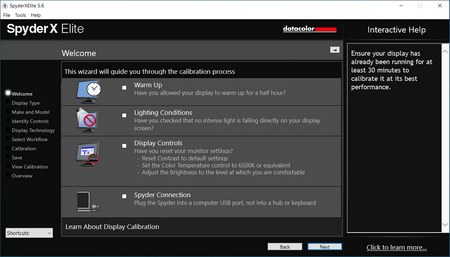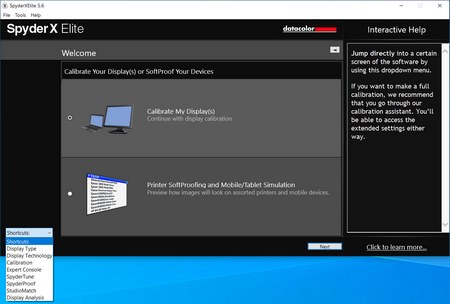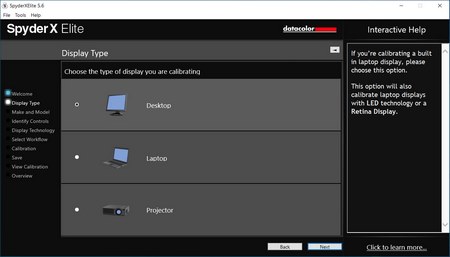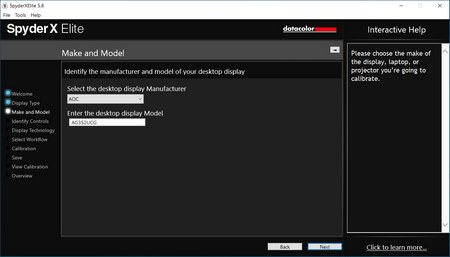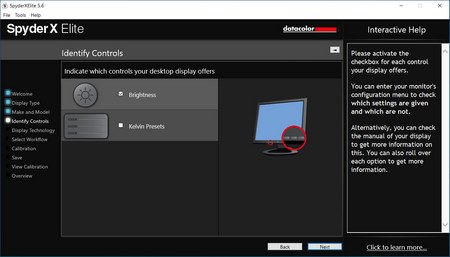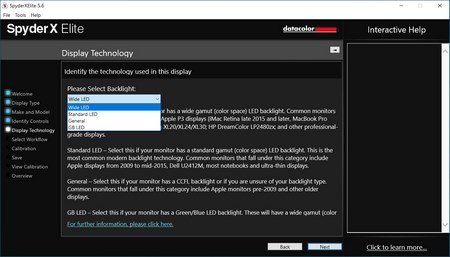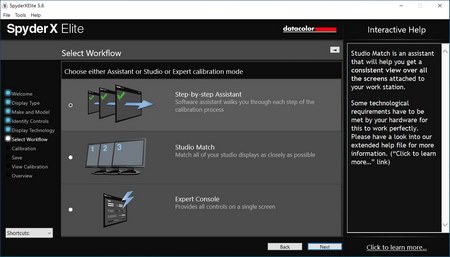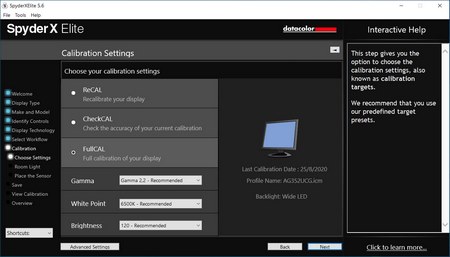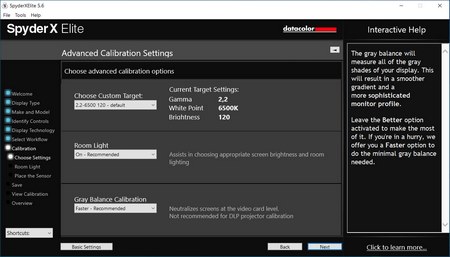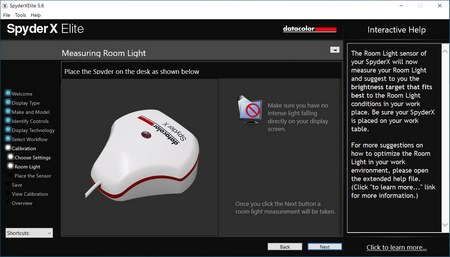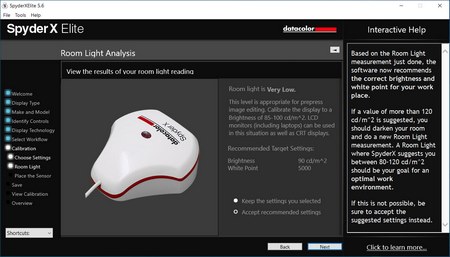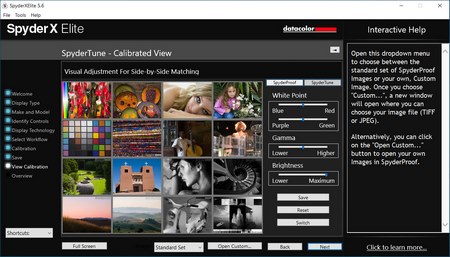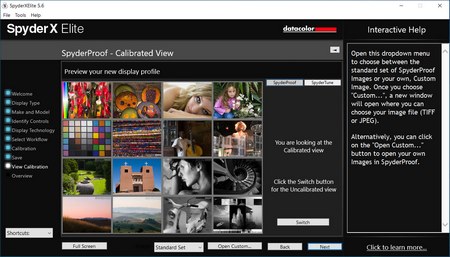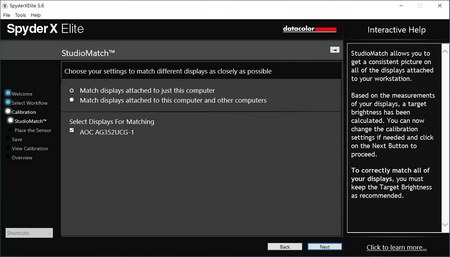INTRODUCTION
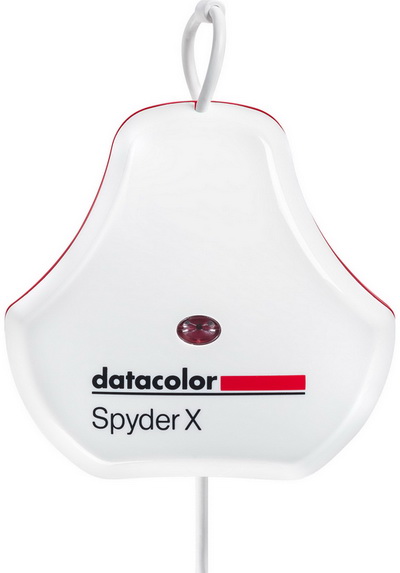
Monitor calibration tools may not be very popular among consumers (just like every other specialty product in the market) but they've always been a crucial component for certain groups of professionals like photographers who want what they see on the screen to be a 100% match compared to what they get on paper. Such products however have also proven invaluable not just to people such as myself who are testing monitors but also professionals who setup systems either in private or public locations like shopping centers. Datacolor is without doubt among the leading manufacturers of display calibration devices currently and after using their Spyder 5 Elite calibrator for several years now (review here) i decided to move to their more recent Spyder X Elite model and my goal today is to see how these two against each other.
Datacolor, a global leader in color management solutions, provides software, instruments and services to assure accurate color of materials, products, and images. The world’s leading brands, manufacturers, and creative professionals have used Datacolor’s innovative solutions to consistently achieve the right color for more than 50 years. The company provides sales, service, and support to over 100 countries throughout Europe, the Americas, and Asia. Industries served include textile and apparel, paint and coatings, automotive and plastics as well as photography, design and videography. For more information, visit: datacolor.com.
Even though the Spyder 5 model was using a very accurate 7 filter detector according to Datacolor the Spyder X features a ground-breaking lens-based design that allows for higher light sensitivity on the color sensor which in turn improves accuracy on low light readings (such as dark tones). Of course, as expected Datacolor has equipped the SpyderX with more advanced sensors which can measure color, white balance and shadow detail with increased precision (thus providing more optimal results). Unlike the Spyder 5 however and its 3 available editions (Express/Pro/Elite) the Spyder X is available in 2 (Pro/Elite) with three extra additions for the latter, the ability to also calibrate projectors, extra monitor analysis tools and the SoftProof feature (basic monitor analysis, room light monitoring, calibration for desktop and laptop monitors and the SpyderProof feature are available in the Pro version). So, let's take a closer look to the Spyder X Elite and see how it compares to the Spyder 5 Elite.
SPECIFICATIONS AND FEATURES

PACKAGING AND CONTENTS
A product picture along with the model and the company logo can be seen at the front of the small box (Datacolor sent over the Pro version of the Spyder X along with a key via email which i used for the Elite upgrade).
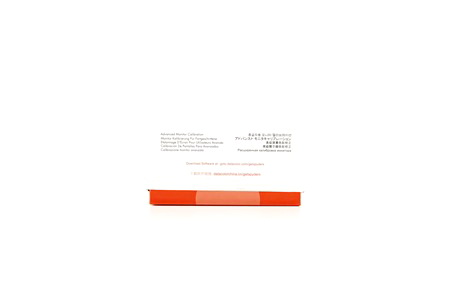
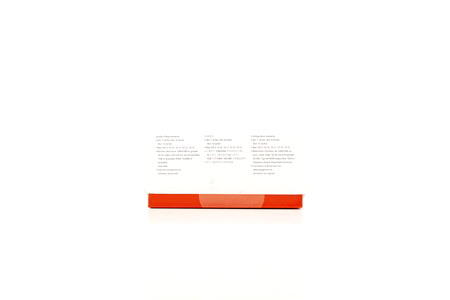 The product URL and a quick description in 5 languages are located on the left side whereas the system requirements can be found on the right side in 3 languages.
The product URL and a quick description in 5 languages are located on the left side whereas the system requirements can be found on the right side in 3 languages.
Once you open the box a piece of paper will point you to the software download location.
The Spyder X is pretty much the only thing you will find in the box (along with a hazardous materials report and the paper i mentioned).
THE SPYDER X
Unlike the black enclosure of the Spyder 5 the Spyder X has a white one (yes i liked the black one more) that has a light sensor right at the front.
As with the Spyder5 the SpyderX also features a tripod mounting hole.
To use the Spyder X you will need to remove the cap as seen above (the cap also acts as counterweight).
According to Datacolor their new lens-based color engine technology doesn't only provide more accurate readings but it's also faster at doing that.
Here you can see the Spyder X right next to the Spyder5 which I’ve been using for monitor reviews.
SPYDER X ELITE SOFTWARE
The software hasn't really changed since i reviewed the Spyder 5 Elite back in 2017 so from the initial tab you can either launch the monitor calibration screen or a simulation which allows you to see how things will look on paper and smartphones.
A very convenient wizard takes you through all the necessary steps required to calibrate your monitor.
Of course, there are many more things one can do from the drop down menu seen above (including the display analysis which i happen to use a lot).
For the most accurate results you should first follow this quick guide that helps you input various information on your display.
After that you can manually set the desired calibration settings as seen above.
The built-in light sensor helps you find the best brightness levels for your display according to the current room illumination.
Once the calibration is complete you can use the SpyderTune and SpyderProof before and after screens to check the results.
Finally, if you have more than one screen and you'd like the same (more or less) settings for all of them you can use the StudioMatch feature.
TEST RESULTS - SPYDER 5 ELITE / SPYDER X ELITE
For this test/comparison i used the Philips BDM4037U and above you can see the Gamut and Uniformity results side by side (click for the larger picture).

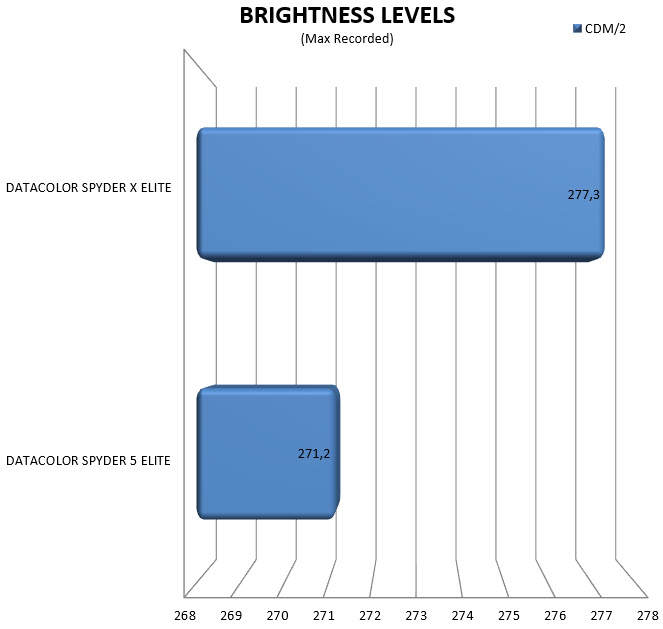

The gamut results along with the brightness and display rating results can be seen in the above charts.
CONCLUSION
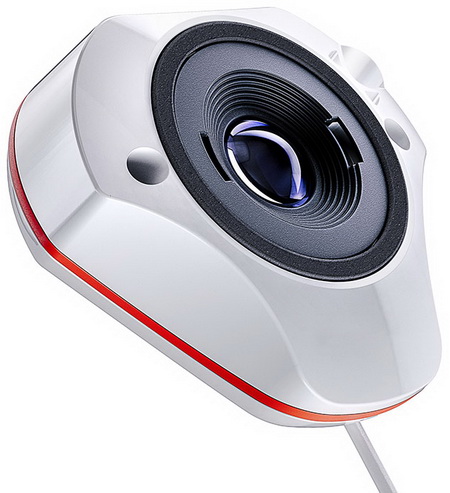
The Datacolor Spyder5 Elite already was one of the best display calibrators in its class so even though there’s always room for improvement i didn’t expect it would be this soon (remember the Spyder X was released last year) which is also why i didn’t know that the Spyder X even existed until a few months back. Now from my results it’s clear that the Spyder X reads and produces different numbers compared to the Spyder 5 (especially in the uniformity section) and even though I can’t know which of these two actually reads more accurately I trust Datacolor so from this point forward I’ll be using the Spyder X Elite for my monitor reviews (I’ve already started re-testing all the monitors I have access to – including the AOC AG352UCG as you can see in the software section) in order to provide even more reliable reviews.
If you require the extra features then the Spyder X Elite Advanced Monitor Calibrator by Datacolor currently retails for USD269 inside the USA (Amazon.com) and for 216Euros inside the EU (Amazon.de). However, if you mainly just need the calibration part then you could save a bit by getting the lower-cost Spyder X Pro model (USD228.88/155Euros). Bottom line Datacolor has done it again, this time by producing an even more accurate and fast monitor calibrator which is definitely worth our Golden Award.

PROS
- Compact Size
- Build Quality
- Lens Based Color Engine
- Unlimited Color Temperature & Gamma Choices
- Available Features (Recalibrating/1 Click Calibration/Enhanced StudioMatch/5 Levels Of Ambient Light Adjustment/Projector Calibration/SoftProof/SpyderProof/StudioMatch/Display Analysis)
- Easy To Use
- Price (Pro)
CONS
- Price (Elite)

 O-Sense
O-Sense





